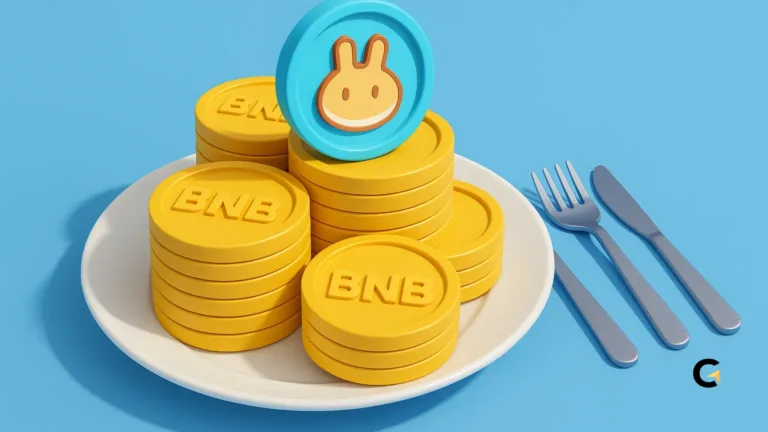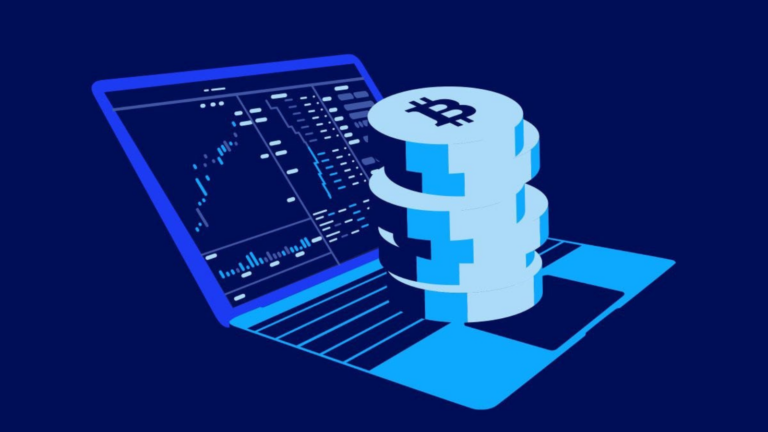Top 10 Bitcoin Trading Mistakes (and the Redemption Plan)
Getting into Bitcoin trading? It’s kinda like jumping on a roller coaster—thrilling, heart-racing, and occasionally headache-inducing.
So many people dive in because they see “instant success” stories online or those flashy “day in the life of a crypto millionaire” TikToks.
But here’s the truth: the crypto market doesn’t care about your dreams. It’s wild, fast, and unforgiving. And if you’re not prepared, it’ll chew you up and spit you out faster than a meme coin pump.
So how do you not become just another newbie horror story? Know the red flags.
These are 10 of the most common (and dangerous) mistakes people make in Bitcoin trading—and how you can avoid them before it’s too late.
Key Takeaways – Seriously, Bookmark This
Hide- No research = you’re not trading, you’re gambling.
-
A trading plan isn’t optional—it’s essential.
-
Emotions mess things up. Keep them in check.
-
Don’t put all your eggs in one basket. Diversify, always.
-
Watch out for sketchy hype like pump & dump schemes.
This isn’t just theory. It’s real-world, no-BS advice to help you not just survive, but thrive in the crazy world of crypto.
1. Jumping In Without Research: Not the Move, Trust Me
Way too many beginners buy Bitcoin just because “a friend said it’ll moon” or some TikTok said, “this coin’s gonna 10x next week.”
Behind every price movement are layers—market sentiment, blockchain tech, trading volume, and more. If you’re buying just because of FOMO or hype, you’re not making a smart decision—you’re rolling the dice.
What to do instead? Study the charts. Learn candlestick patterns. Read the whitepaper. Keep up with global financial news.
Heck, even a single Elon Musk tweet can shake the market. Do the homework—your future self will thank you.
2. No Trading Plan? You’re Basically Lost in the Woods
Imagine you’re on a road trip in a city you’ve never been to. No GPS. No map. No idea where you’re going. That’s what trading without a plan looks like.
You need a strategy with clear entry points, exit points, and stop-loss levels.
Example: only enter when price bounces off support with strong RSI confirmation, and exit if it hits +10% or dips -5%.
Having a plan means your decisions are driven by logic, not panic or hype. Bottom line? You control the trade—not the market.
3. Ignoring Risk Management: One Mistake Could Drain You
Ever heard of someone losing half their capital overnight? Probably didn’t have any kind of risk management in place.
This is crucial: only risk 1–2% of your capital per trade. That way, even if a trade flops, it won’t destroy your account.
Always, always use a stop-loss. Hoping that “it’ll bounce back eventually” is a quick path to heartbreak.
Set your limits and stick to them. Protect your capital like it’s sacred—because it is.
4. Overtrading: More Doesn’t Mean Better
Overtrading is the trading equivalent of binge-scrolling TikTok—it burns your time, energy, and resources, and often leaves you worse off.
A lot of traders think that the more trades they make, the more profit they’ll rack up. But in reality, it just piles on fees, risk, and emotional exhaustion.
Here’s the truth: not every candle is a signal, and not every dip is a buying opportunity. Wait for quality setups. Be patient. Be picky. Quality over quantity, always.
5. FOMO: The Silent Portfolio Killer
FOMO—Fear of Missing Out—is when you feel like “everyone’s already in, I have to jump in too!” And usually, it happens right when the price is peaking. You buy in, price crashes, and boom—regret.
To avoid FOMO, stick to your trading plan. Always ask yourself: “Is this a valid setup, or am I just scared of missing out?” If it’s the latter—pause. A missed trade is better than a blown account.
6. Falling for Pump & Dump Schemes: You’re the Exit Liquidity
Pump and dump scams have been around forever, but people still fall for them. The playbook is simple: anonymous groups or influencers hype up an obscure coin, people rush in, the price spikes, they dump their bags—and you’re left holding the bag.
Here’s the rule: if it smells like too-good-to-be-true, it probably is. Never buy into a coin just because it’s trending in some shady Telegram or viral video. Do your own research, every single time.
7. Going All-In on One Coin: Not a Flex, Just Risky
Sure, Bitcoin might be your main asset. But putting 100% of your funds into one coin? If the market crashes, you crash with it.
Diversify. Seriously. Spread your investments across 3–5 well-researched assets, including some stablecoins to balance out volatility.
And no, diversification isn’t just for rich traders. Even if you’re starting with $100, you can still split it up wisely. It’s about risk protection—not flexing a big bag.
8. Neglecting Security: Say Goodbye to Your Coins
Way too many people store their crypto on exchanges without enabling 2FA, or worse—save their seed phrases in phone notes or cloud drives.
That’s basically inviting hackers to dinner.
Here’s what you should do: get a hardware wallet for long-term storage. Always turn on two-factor authentication.
Never save passwords or recovery phrases online. Think of your crypto as a vault, not just loose change.
9. Letting Emotions Run the Show: Recipe for Disaster
Tired? Angry? Too hyped? Even hungry? Any of those can wreck your decision-making in trading. Emotions are a trader’s worst enemy.
If you’ve just taken a big loss and feel the urge to “win it back,” hit pause. Take a break. Walk away.
Build mental discipline. Set trading hours. Keep a journal to log your trades and thought process. And talk to fellow traders—having a support system helps keep things real.
10. Ignoring Market Trends & News: You’re Not in a Bubble
Some traders are glued to charts but blind to the bigger picture. But major moves in the crypto market often come from outside events—like interest rate hikes, government regulations, or geopolitical tension.
So don’t just rely on technical analysis. Combine it with fundamental analysis: understand what’s happening in the world, track key updates, and stay informed.
Charts show what happened. News helps predict what might.
Final Thoughts: The Journey’s Long, But It’s Worth It
Bitcoin trading isn’t just about buying low and selling high. It’s a game of discipline, strategy, emotional control, and risk management.
Forget “getting rich quick.” Focus instead on becoming a smart, resilient trader who understands the game, respects the risks, and learns from every trade.
Avoiding the mistakes above won’t make you rich overnight—but it will build a strong foundation for long-term success. And in the crypto world, that’s how you actually win.
Frequently Asked Questions (FAQs)
What’s the ideal risk per trade?
Stick to 1–2% of your total capital per trade. It keeps losses manageable and your account safe.
Do I need a big budget to start trading Bitcoin?
Not at all. Start small, learn the ropes, and test your risk management before scaling up.
How do I deal with FOMO?
Stick to your trading plan. Set clear entry and exit levels. And remind yourself: there’s always another opportunity.
Should I use leverage?
Leverage amplifies both profit and loss. Use it with extreme caution—and only if you’ve mastered your risk controls.
What’s the difference between technical and fundamental analysis in crypto?
Technical = price charts and patterns.
Fundamental = real-world events like regulations, adoption, project updates.
Smart traders use both.







